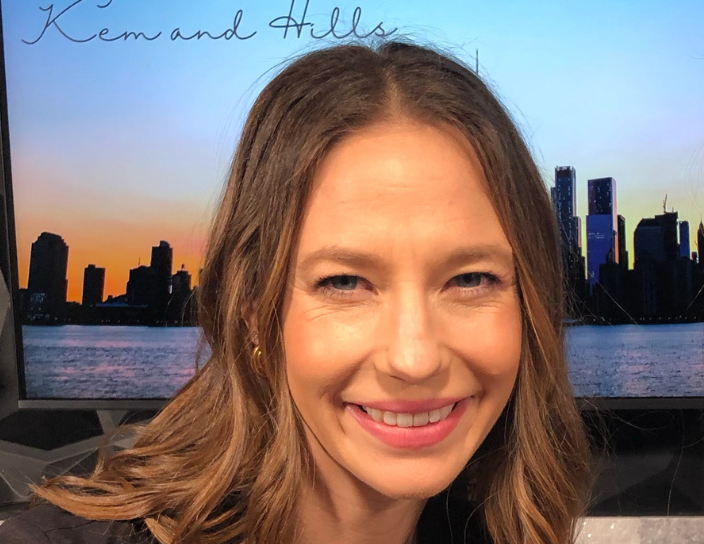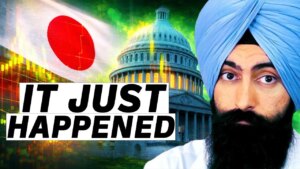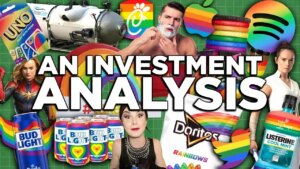Target Date Funds vs. Actively Managed ETFs: What’s Fueling the New 401(k) Trend?

There’s been a seismic shift in how Americans are managing their retirement accounts—and it’s all about simplicity, automation, and trust in professional management.
According to Vanguard’s latest How America Saves 2025 report, nearly 7 in 10 retirement savers are now opting for professionally managed allocations in their 401(k) plans. Gone are the days of DIY investing where participants handpicked funds and painstakingly built their own portfolios. Today, it’s all about target date funds—and increasingly, actively managed ETFs.
Let’s unpack the trends, the tools, and what it all means for your long-term financial strategy.
The Rise of Hands-Off 401(k) Investing
A whopping 67% of plan participants are now invested in professionally managed options—most commonly target date funds (TDFs). In fact, in plans that offer them, 84% of participants use TDFs, and 71% are all-in with a single fund.
Why the shift? Simplicity and behavioral safety. A target date fund automatically adjusts from aggressive (equities-heavy) to conservative (bond-heavy) as you get closer to retirement. That auto-pilot function also helps prevent panic moves—99% of participants fully invested in a single TDF made no trades in 2024.
And let’s talk costs: TDFs through providers like Vanguard have expense ratios between 0.08% and 0.12%, far below managed accounts or traditional advisors.
But It’s Not All Smooth Sailing
Target date funds are convenient—but they’re not customized. They don’t account for your risk tolerance, outside assets, or specific retirement goals. That “set it and forget it” strategy could lull investors into a false sense of security.
Plus, the glide path—the way the asset allocation shifts over time—might not suit your actual needs. Some TDFs get too conservative too soon, potentially limiting growth right when you need it.
That’s where a more active approach can come into play.
Enter the Actively Managed ETF Boom
In 2025, actively managed ETFs exploded in popularity, capturing 30% to 34% of ETF inflows, despite making up less than 10% of total ETF assets. They’re part mutual fund, part ETF—offering professional management with tax efficiency and real-time liquidity.
They also come at a lower cost than traditional actively managed mutual funds. Expense ratios range from 0.3% to 0.85%, versus mutual funds that often exceed 1.5%.
Still, fees matter. Aaron showed how a low-fee ETF (0.03%) could grow to $2.4 million over 40 years, while a higher-fee option (0.75%) might only reach $2 million—a difference of $330,000. That’s a high price for active management, especially if it underperforms.
The Active vs. Passive Debate
Here’s the kicker: Most actively managed funds underperform their benchmarks. In 2024, 65% of large-cap mutual funds lagged the S&P 500. Over the past two decades, the average underperformance rate has been 64%.
Actively managed ETFs may face similar hurdles: higher turnover, tax inefficiencies, and overconfidence from managers trying to beat the market.
But they still appeal to investors who want more control—or more diversification, especially in a world where index ETFs are top-heavy with mega-cap tech stocks.
How Investors Are Responding
The data reveals a divide:
- Older investors prefer the consistency of TDFs or balanced portfolios.
- Younger investors and traders lean into active strategies, seeking alpha and reacting to market volatility.
For some, it’s not about either/or—it’s about both. A core-and-satellite strategy can give you the best of both worlds: a TDF or index fund at the core, plus satellite holdings like REITs, dividend ETFs, or handpicked stocks.
What’s the Right Move for You?
Aaron emphasized the most important takeaway: build a plan you can stick with. Whether you go fully passive, fully active, or use a hybrid approach, your strategy should match your timeline, risk profile, and retirement goals.
If you’re nearing retirement, consider working with a fee-only fiduciary to help you plan withdrawals, manage taxes, and make the most of your Social Security benefits.
At the end of the day, it’s not about choosing the flashiest fund or trying to outguess the market—it’s about building a portfolio that’s resilient, cost-effective, and built to last.
All writings are for educational and entertainment purposes only and does not provide investment or financial advice of any kind.







